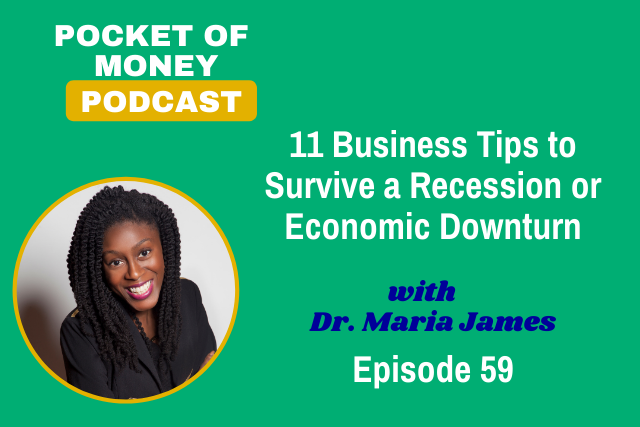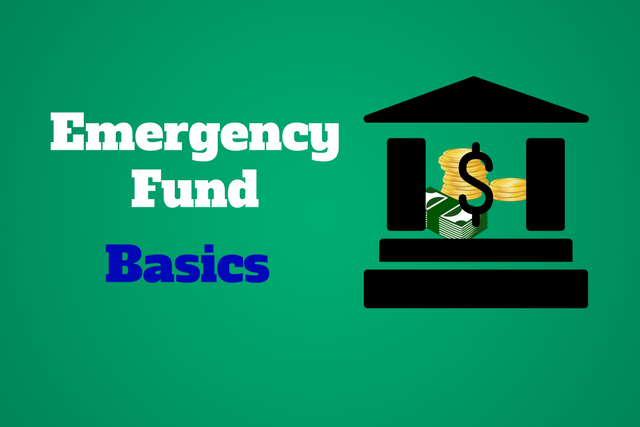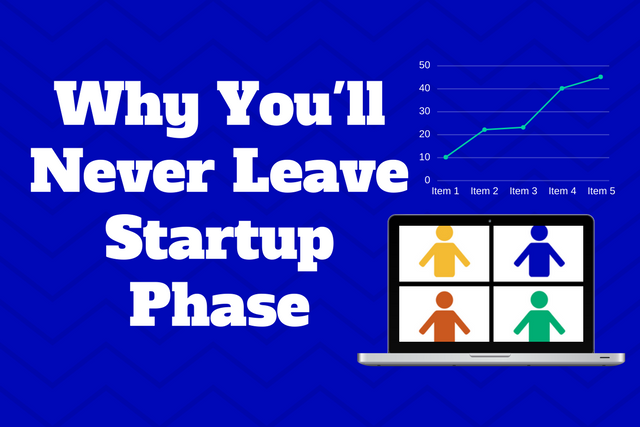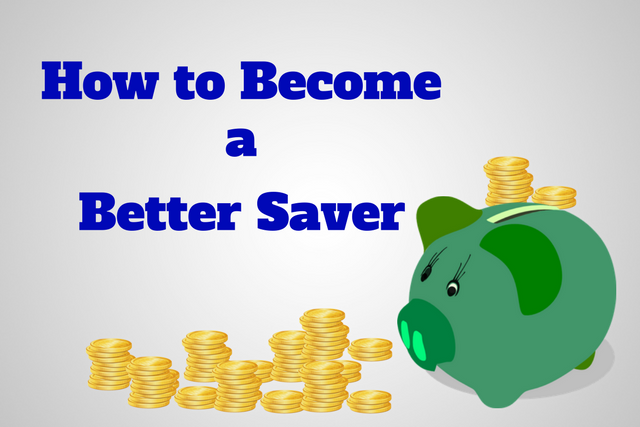The Major Mistake You’re Making with Personal and Business Money

If you have a business or a side hustle you want to turn into a business, then let’s talk about a major money mistake that happens often and how to avoid it. Revenue from a business is a great way to rake in more income or the path to living life on your own terms. Perhaps you’re selling a product or offering services. It’s been hard work, many sleepless nights, and skipped outing with friends, but now you’re bringing in revenue. Great! Here is where many start to make this major yet common mistake with their money.
Whether you started the business to supplement income from your primary job or you’re full-time working your business, you may be using some money from your personal account to purchase things for the business and using business funds to handle personal expenses. You’re likely using personal money or income to fund the business anyway right, especially as a new entrepreneur.
You’re the first investor. I know I was my first investor. I started my business with personal savings, but I avoided a major mistake when doing this and I want you to avoid it too or correct it if you’re already doing it. The major mistake is mixing your personal money with your business money. Here is why this is a big mistake and can cost you money later.
1) You can’t show positive cash flow. If you’re consistently mixing your personal funds with your business income to make business and personal purchases, it’s hard to show positive cash flow into your business. You won’t be able to properly assess the health of your business and adjust your strategy to ensure continuous revenue and growth. This looks very sloppy and high risk to investors, so they’ll want no part of it.
You have to be able to see exactly how much revenue is coming in and the amount of expenses the business has. You should know the exact dollar amount of how much it takes to run your business every month. Are you making that? What’s your profit margin? Will you have enough floater money for your slow months?
2) You’ll pay more in taxes. The IRS will think you have a hobby not a business that means money lost as they deny legitimate deductions. They will only allow deductions if you can clearly show that the expenses were for business. You don’t want the nightmare at tax time of sorting through old receipts and combing through bank statements trying to determine if something was a real business or a personal expense. Definitely not.
Learn 10 key steps you need to start a business and turn a side hustle into a business.FREE EBOOK: Starting a Business Checklist Guide

How to AVOID this:
1) Have separate bank accounts. You should have separate savings and checking accounts for your business. Only use the business account for business expenses and only use your personal account for personal expenses. It looks more professional, you will look like a real business owner if the business name is on the check or debit card. The money can be clearly tracked and the IRS is less likely to audit you or deny deductions. One of the first things I did after officially filing my paperwork was to go to a bank and start a business checking account. I felt so official once I got the debit card. I kept looking at my business name on it and smiling.
2) Pay yourself a salary. If you’re thinking but the whole reason I started this business is to supplement my income, no worries. You will be cutting yourself a check like an employee. You own the business so simply write yourself a check or transfer the money from your business checking account to your personal checking account. Start off with however much you need $25, $300, $3,000. Just be sure not to go overboard. Leave funds in the business to cover operating costs at minimum.
3) Create separate budgets. Design a personal budget that is completely separate from your business budget. Of course include your salary line item and if you give funds to your business every month include a business line item as well. Also, account for the salary and income in your business budget. Budgets will help you see what your operating costs are for the business and operating costs for your household. You can then make sure those aforementioned line items make sense.
4) Use separate tracking software. You know I’m a big proponent of tracking your money. Track your personal and business income and spending, just don’t use the same account or system. You can use something like Excel and have separate files and folders for the business vs. personal funds. Or use accounting software such as Mint or Quicken for personal and Quickbooks or Xero for business funds. I like Mint for personal and Quickbooks for business.
Leave your comments below and reach us on Facebook and Twitter.
Photo credit: Salford University Press







Yup Maria. These are exactly the things that I implemented for 2015 for my business. I changed my business from LLC to S Corp, set up my tax account in PA, set up my business checking, set up my payroll account. I only use my business account for my business expenses and payroll. I have a business savings also. On payday, my payroll company (Intuit) transfers pay funds from my business checking to my personal checking and drafts my taxes from my business checking. I know have a NET 30 business supply account with Quill that reports to my Duns & Bradstreet (and Experian Business) credit reports. My other vendor accounts that report to my business credit is for my website, electronic scheduler, liability insurance company and efax! Building business credit is what is misunderstood in our communities and I would love to teach it one day! All the best
Awesome Constance!